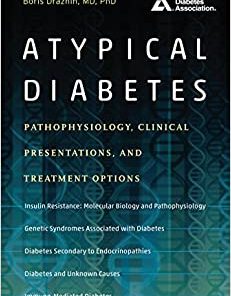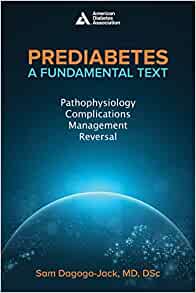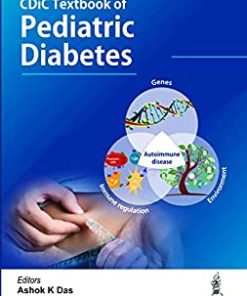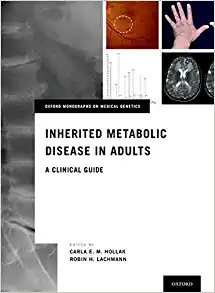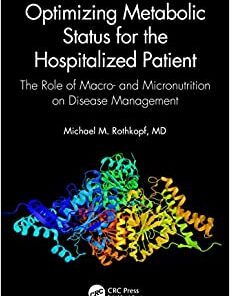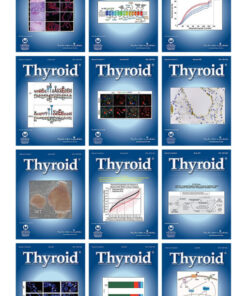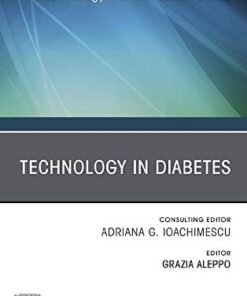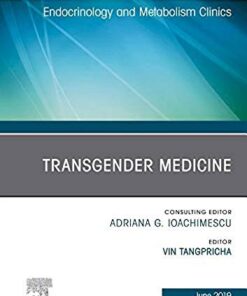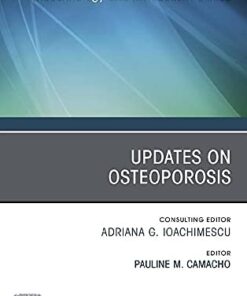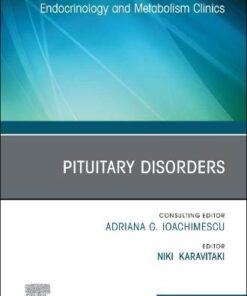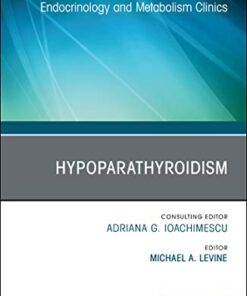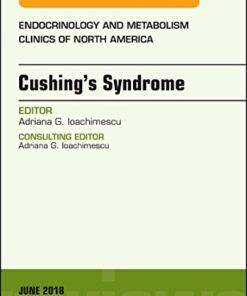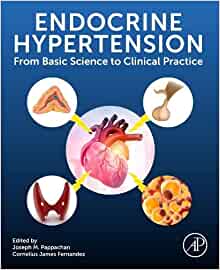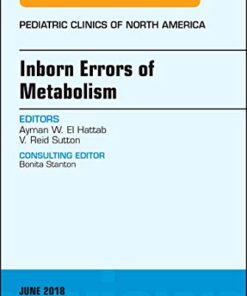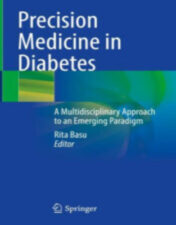Diabetes and Musculoskeletal Disorders (Original PDF)
$12
Diabetes and Musculoskeletal Disorders (Original PDF)
| Diabetes is associated with several musculoskeletal disorders. The incidence of diabetes mellitus (DM) and the life expectancy of the diabetic patient have both increased, resulting in the increased prevalence and clinical importance of musculoskeletal alterations in diabetic subjects. The exact pathophysiology of most of the musculoskeletal disorders remains obscure. The development of musculoskeletal disorders is dependent on age and on the duration of DM. Most of musculoskeletal disorders can be diagnosed clinically, but some radiological examination may help, especially in differential diagnosis. This book Diabetes and Musculoskeletal Disorders is comprises of seven chapters. The first chapter aims to introduce diabetes and musculoskeletal disorders. Four prominent general theories and many other specific associations have been proposed to explain the molecular pathways in diabetes-associated bone pathology, which have been discussed in second chapter. Role of insulin, autoimmune inflammation and insulin-like growth factor-1, sclerostin and Wnt signaling pathway, loss of incretin effect, and effects of peroxisome proliferator-activated receptor-gamma on bone cell differentiation are covered briefly in the third chapter. The fourth chapter seeks to familiarize the reader with glucose metabolism and bone turnover. Diabetic muscle infarction (DMI), Dupuytren s contracture, adhesive capsulitis, neuropathic arthropathy, complex regional pain syndrome (CRPS), carpal tunnel syndrome (CTS), muscle cramps, forefoot osteolysis, etc. are described in the fifth chapter. Antidiabetic medicines and bone safety, and linking inflammation in arthritis and diabetes are discussed in sixth and seventh chapter of this book. |
Related Products
ENDOCRINOLOGY BOOKS
Endocrinology in Clinical Practice, 2nd Edition (Original PDF from Publisher)
ENDOCRINOLOGY BOOKS
Churchill’s Pocketbook of Diabetes, 2nd Edition (Original PDF from Publisher)
ENDOCRINOLOGY BOOKS
Harrison’s Endocrinology, 3rd Edition (Original PDF from Publisher)
ENDOCRINOLOGY BOOKS
Textbook of Endocrine Physiology, 6th Edition (Original PDF from Publisher)
ENDOCRINOLOGY BOOKS
ENDOCRINOLOGY BOOKS
Diabetic Foot : A Comprehensive Guide for Clinicians (Original PDF from Publisher)
ENDOCRINOLOGY BOOKS
ENDOCRINOLOGY BOOKS
Incretin Biology – A Practical Guide: GLP-1 and GIP Physiology
ENDOCRINOLOGY BOOKS
Endocrine Secrets, 6th Edition (ORIGINAL PDF from Publisher)
ENDOCRINOLOGY BOOKS
Patterson’s Allergic Diseases, 7th Edition (Original PDF from Publisher)
ENDOCRINOLOGY BOOKS
Antidiabetic Potential of Plants in the Era of Omics (Original PDF from Publisher)
ENDOCRINOLOGY BOOKS
Posterior Retroperitoneoscopic Adrenalectomy (Original PDF from Publisher)
ENDOCRINOLOGY BOOKS
Endocrine Pathology (Encyclopedia of Pathology) (Original PDF from Publisher)
ENDOCRINOLOGY BOOKS
ENDOCRINOLOGY BOOKS
Intensive Review of Endocrinology and Metabolism 2022 (CME VIDEOS)
ENDOCRINOLOGY BOOKS
ENDOCRINOLOGY BOOKS
ENDOCRINOLOGY BOOKS
[email protected] Endocrinology Update Review Course 2022 (CME VIDEOS)
ENDOCRINOLOGY BOOKS
ENDOCRINOLOGY BOOKS
ENDOCRINOLOGY BOOKS
Diabetes: Clinician’s Desk Reference, 2nd Edition (Original PDF from Publisher)
ENDOCRINOLOGY BOOKS
ENDOCRINOLOGY BOOKS
ENDOCRINOLOGY BOOKS
Complementary Health and Diabetes―A Focus on Dietary Supplements (EPUB)
ENDOCRINOLOGY BOOKS
CDiC Textbook of Pediatric Diabetes, 1st edition (Original PDF from Publisher)
ENDOCRINOLOGY BOOKS
ENDOCRINOLOGY BOOKS
ENDOCRINOLOGY BOOKS
ENDOCRINOLOGY BOOKS
ENDOCRINOLOGY BOOKS
Approach to Clinical Endocrinology through Selected Cases (Original PDF from Publisher)
ENDOCRINOLOGY BOOKS
ENDOCRINOLOGY BOOKS
Washington Manual Endocrinology Subspecialty Consult, 4th Edition 2019 Original PDF
ENDOCRINOLOGY BOOKS
Pituitary Disorders throughout the Life Cycle: A Case-Based Guide 2022 Original PDF
ENDOCRINOLOGY BOOKS
ENDOCRINOLOGY BOOKS
ENDOCRINOLOGY BOOKS
The Endocrine System: Systems of the Body Series, 3rd edition 2022 Original PDF
ENDOCRINOLOGY BOOKS
ENDOCRINOLOGY BOOKS
ENDOCRINOLOGY BOOKS
2022 Endocrine Case Management: Meet the Professor 2022 Original PDF
ENDOCRINOLOGY BOOKS
Endocrinology and Diabetes A Problem Oriented Approach 2022 Original pdf
ENDOCRINOLOGY BOOKS
Stem Cell Surgery Trials in Heart Failure and Diabetes A Concise Guide 2022 Original pdf
ENDOCRINOLOGY BOOKS
Diabetic Foot Reconstruction: A Practical Guide 2022 Original PDF+videos
ENDOCRINOLOGY BOOKS
Emerging Concepts in Endocrine Structure and Functions 2022 Original PDF
ENDOCRINOLOGY BOOKS
ENDOCRINOLOGY BOOKS
The Lancet Diabetes & Endocrinology 2021 Full Archives True PDF
ENDOCRINOLOGY BOOKS
Clinical Obesity in Adults and Children, 4th Edition 2022 Original PDF
ENDOCRINOLOGY BOOKS
Complications of Diabetes Mellitus: A Global Perspective 2022 Original PDF
ENDOCRINOLOGY BOOKS
Oxford Textbook of Endocrinology and Diabetes, 3rd edition 2021 Original PDF
ENDOCRINOLOGY BOOKS
Oxford Textbook of Endocrinology and Diabetes 3e 2021 EPUB & converted pdf
ENDOCRINOLOGY BOOKS
ENDOCRINOLOGY BOOKS
Endocrinology: Board and Certification Review 2022 Epub+Converted pdf
ENDOCRINOLOGY BOOKS
Endocrine Surgery Comprehensive Board Exam Guide 2022 Original PDF
ENDOCRINOLOGY BOOKS
Clinical Rounds in Endocrinology: Volume I – Adult Endocrinology 2015 EPUB & converted pdf
ENDOCRINOLOGY BOOKS
Adrenal Disorders: 100 Cases from the Adrenal Clinic 2022 Original PDF



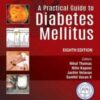






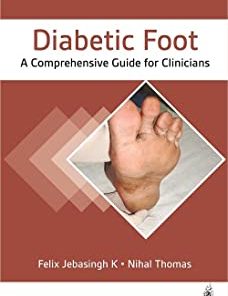














![[email protected] Endocrinology Update Review Course 2022 (CME VIDEOS)](https://surgerybooks.net/wp-content/uploads/2023/02/homepage_banner_graphic_graphic_only_-510x108-1-247x108.jpg)







